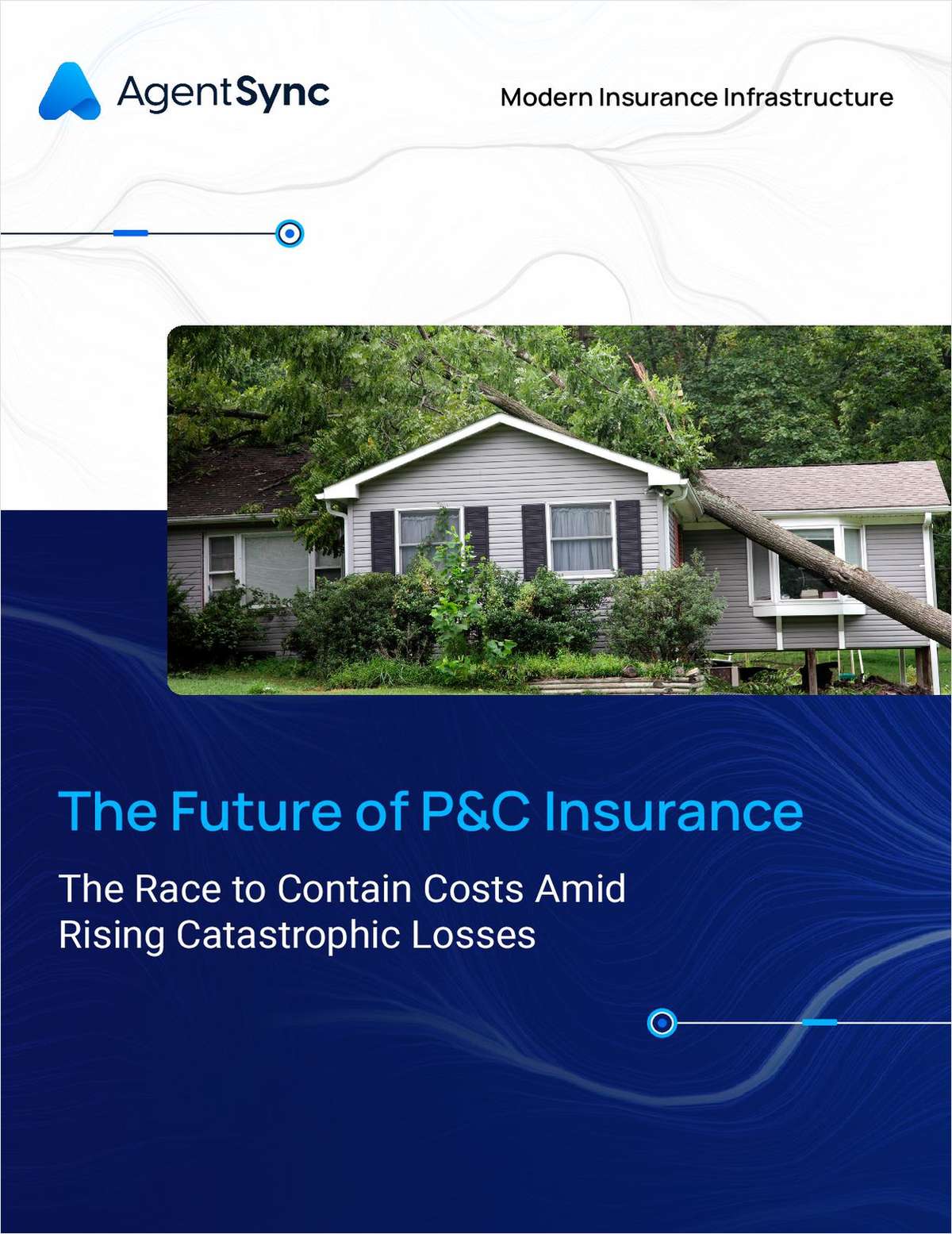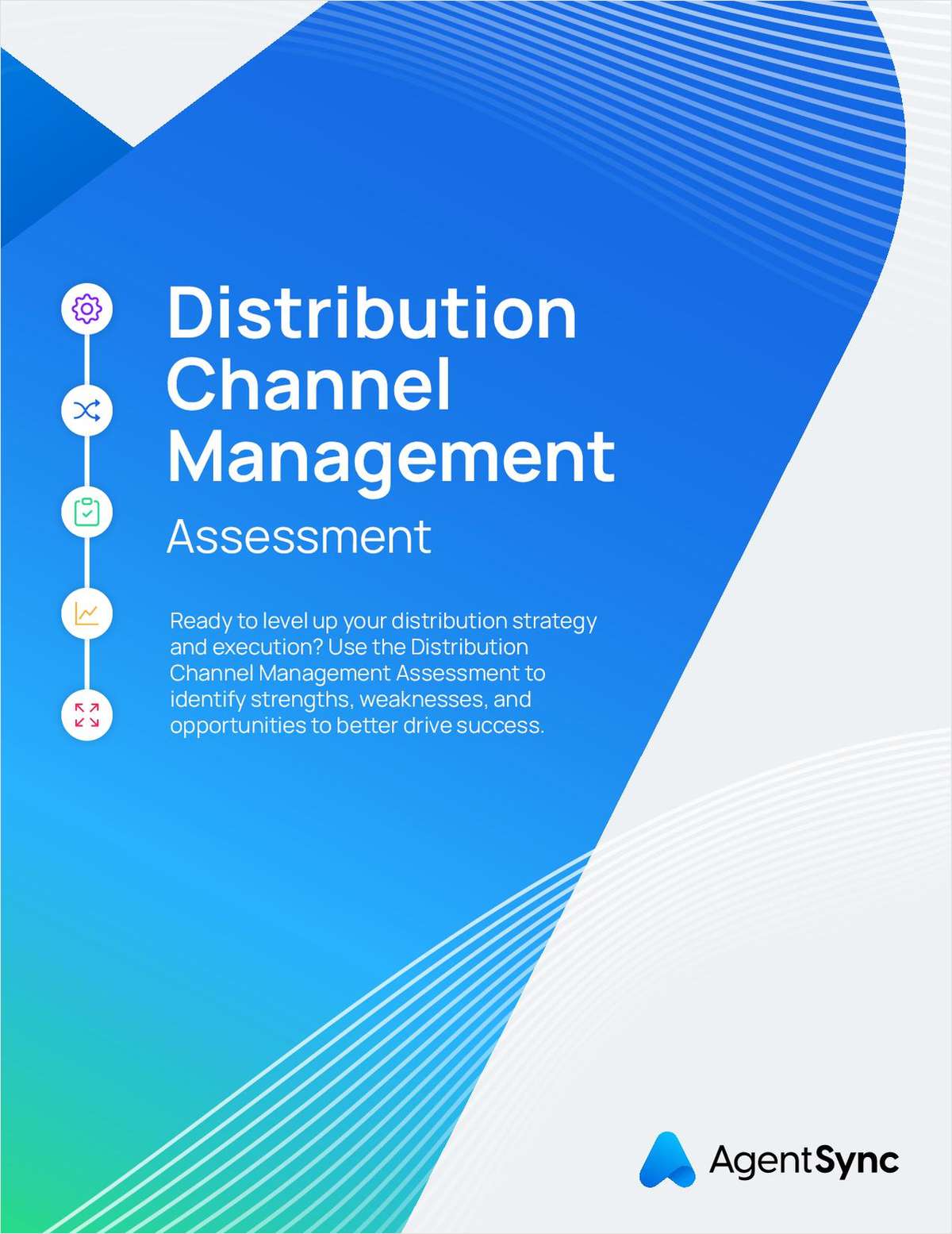NU Online News Service, June 21, 3:07 p.m. EST
Contrary to perception, severity does not appear to be having much of an effect on directors and officers insurance pricing, according to an analysis from insurance broker Aon.
A quarterly analysis of the market by Aon's Financial Services Group says that first quarter D&O insurance rates dropped 15.7 percent per one million in coverage limits compared to the previous quarter.
Aon notes that since policies are written for a 12 month period, the year-over-year comparison “is a close approximation of renewal pricing and a more significant indicator of renewal results in the quarter.”
The report also says:
- The financial sector pricing decreased 11.5 percent compared to the prior-year quarter (the sixth consecutive decrease year-over-year).
- Companies purchasing higher limits compared to the prior year quarter were 20.3 percent.
- Federal security class-action claims severity decreased 21.5 percent from the preceding three-year average (excluding settlements of $1 billion or more).
- Federal security class action claims frequency increased 31.4 percent from the prior year quarter.
Aon says that taking all of this evidence together, “we believe these facts continue to bode very well for buyers of D&O insurance through 2011.”
One element that is keeping prices low is capacity, Aon notes. During the past two years, the theoretical capacity for one buyer of D&O increased to about $1.2 billion in limits, but the firm says its largest programs have purchased half that amount.
This market imbalance is increasing competition, keeping pricing down, and there is nothing in the foreseeable future that should change this situation, Aon says.
Aon says one area of concern is in the banking industry, where bank failures have increased from around 25 a year from 2001 through 2008.
In 2009 there were 140 banks closed by the Federal Deposit Insurance Corp. and in 2010 the number jumped to 157.
Most banks are not publicly traded and the failure was solved through acquisition of deposits by other banks.
The reason Aon notes the bank failures is because the FDIC could pursue directors and officers of the banks with insurance coverage for recovery. It says that the FDIC has taken steps to directly discuss a settlement with insurers “without wasting valuable policy limits on protracted defense litigation.”
The broker notes that the FDIC has a few years to file a claim, but not all failures result in a lawsuit. Between 1985 and 1992, the FDIC brought claims against 24 percent of bank failures.
Aon also says claim frequency could pose a problem for carriers in the future.
Want to continue reading?
Become a Free PropertyCasualty360 Digital Reader
Your access to unlimited PropertyCasualty360 content isn’t changing.
Once you are an ALM digital member, you’ll receive:
- Breaking insurance news and analysis, on-site and via our newsletters and custom alerts
- Weekly Insurance Speak podcast featuring exclusive interviews with industry leaders
- Educational webcasts, white papers, and ebooks from industry thought leaders
- Critical converage of the employee benefits and financial advisory markets on our other ALM sites, BenefitsPRO and ThinkAdvisor
Already have an account? Sign In Now
© 2025 ALM Global, LLC, All Rights Reserved. Request academic re-use from www.copyright.com. All other uses, submit a request to [email protected]. For more information visit Asset & Logo Licensing.








